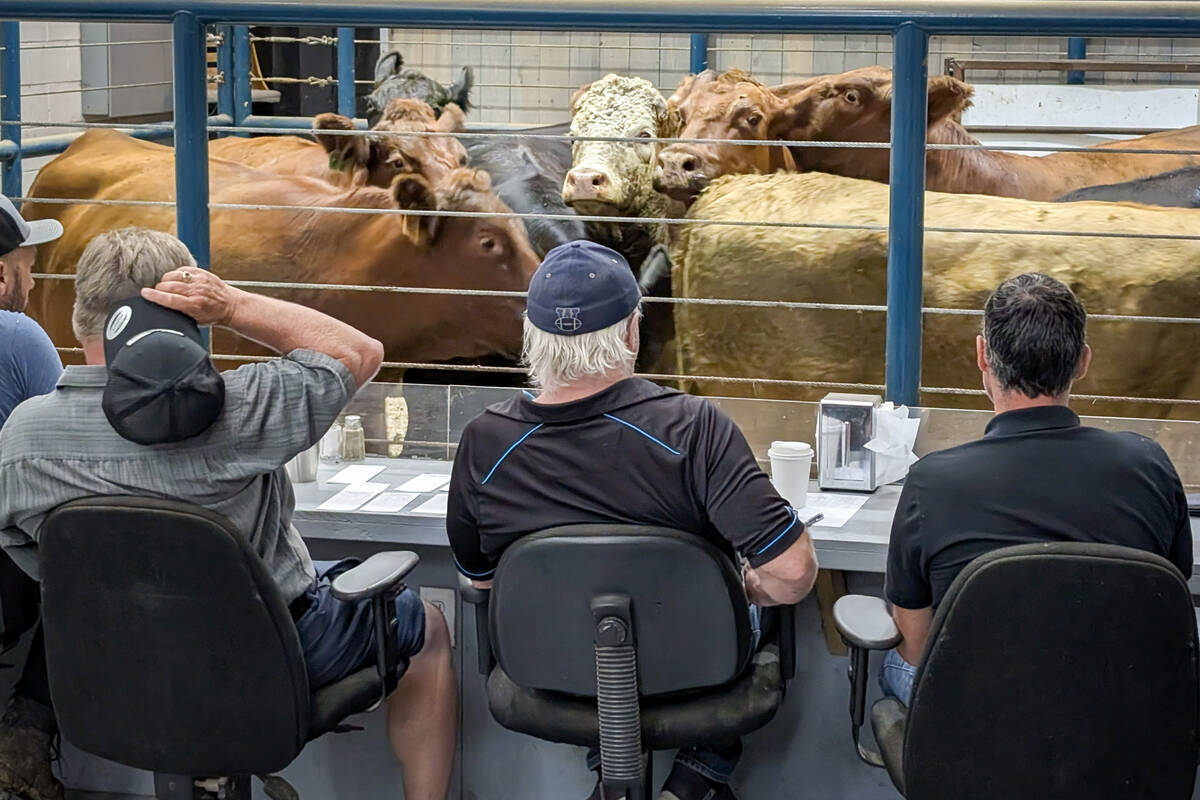A new report for the Canadian Agri-Food Policy Institute seeks to educate policymakers about the impact of animal agriculture on economic, social and environmental levels.
The report, titled Forces Impacting Animal Agriculture In Canada: A Synthesis, delves into the issues surrounding cattle, dairy and poultry production in the country and how it is interconnected within various factors in day-to-day life of residents.
Al Mussell, CAPI’s director of research, said the report draws from a lengthy technical report and while both that and the Synthesis document come to the conclusion of the importance of animal agriculture, the actual economic impact may not be so clear.
Read Also

Klassen: Weaker fed market weighs on feeder cattle prices
For the week ending November 8, Western Canadian feeder cattle markets traded $10-$20/cwt below values from seven days earlier. Some…
“It makes the point, and really drives home, that animal agriculture is extremely important in Canada. It’s extremely important from an economic growth perspective but it is particularly important regionally in rural areas that otherwise would not have the same levels of employment, levels of income in local communities,” said Mussell.
It’s also an industry that is built on using farming byproducts to increase the value of animals.
The report also highlights that Canada has some of the lowest CO2 emissions from the production of pork and beef, outclassing Western Europe, South America and Australia.
As well, the report highlights that farmers are the most trusted people in the Canadian food system and that animal agriculture in the country produces $90 billion in sales, 164,000 direct jobs and roughly two-and-a-half times that in indirect jobs.
The importance of animal agriculture provides options to farmers whose crops have been ravaged by hail and drought, and enhances pasture lands through grazing.
Mussell said such points can get lost in the complexity of the agricultural food production system.
“The motivation for writing this report, this major initiative on our part, comes out of the concern there are quite a number of people who need to be involved in decisions that relate to animal agriculture but don’t bring particular expertise to it,” said Mussell.
“Those people are in a difficult spot because there is always a tendency to fall into a subset of isolated facts that might take you in a particular direction when in fact this is a much more complicated type of a system.”
The report is designed to provide a well-rounded perspective to such decision makers to offer a balanced understanding of the value of animal agriculture and its importance to many communities.
“In Canada, we have an excellent animal agriculture system. It’s not perfect. There are problems. There are challenges and they need supportive policy to make headway on those challenges,” Mussell said.
One is the continuing diminishing of cattle inventories in the country over the past two decades.
On the other side, the positive parts of the industry when it comes to improving biodiversity through responsible grazing techniques might not be fully understood, Mussell said.
“You look at what we are able to do today to make better use of grasslands, lighten up the footprint of animal agriculture within that — pretty impressive and that’s over and above the basic conversion efficiency of animal agriculture.”
That conversion efficiency applies across Canada and involves calculating land not suitable for crop production and otherwise would be wasted if it were not used for livestock feed, said Mussell.
“We manage all of this in a manner which is profitable for each of the segments involved and which also supports communities that can work together to deal with the many issues that can come up and mitigate those by working together,” said Mussell.
The Forces Impacting Animal Agriculture In Canada: A Synthesis report can be found on the CAPI website.
— Alex McCuaig reports for Glacier FarmMedia from Medicine Hat, Alta.














